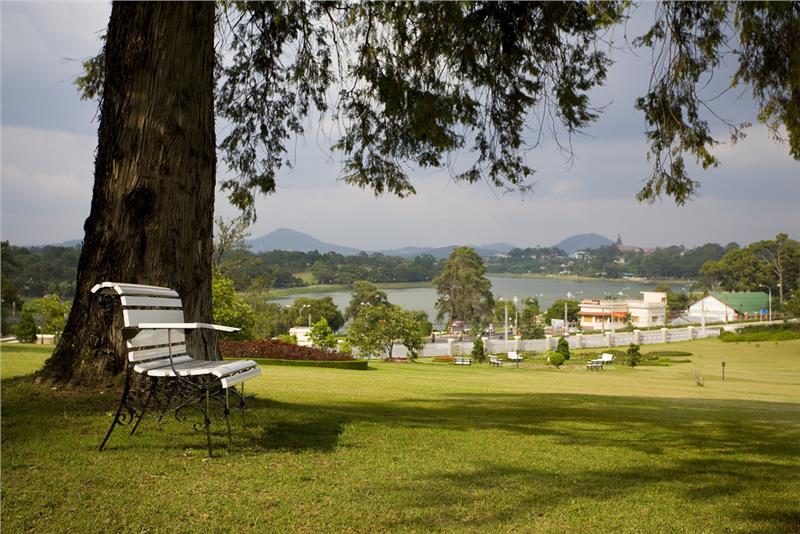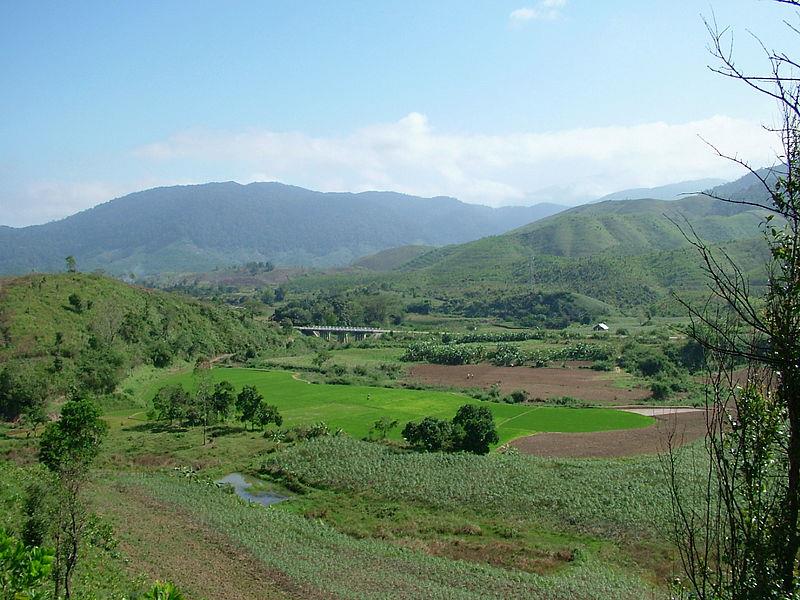In Central Highland Vietnam, it includes five inland provinces. Almost of this region is mountainous, surrounded by high mountain ranges and massifs, especially southern part of Truong Son Mountain Range. Central Highlands can be divided into three sub-regions of terrain and climate, including highlands in the north (Kon Tum and Gia Lai), highlands in the center (Dak Lak and Dak Nong), and highlands in the south (Lam Dong Province). Central Highlands has a lower altitude and higher temperature than other sub-regions. Influenced by equatorial climate, the annual average temperature is about 20°C with moderate climate all year round. Climate in Central Highlands Vietnam has two distinct seasons: dry season and rainy season. Thus, this region has an ideal weather in comparison to the general weather in Vietnam.

Located in the tropical savanna, climate in Central Highland Vietnam is divided into two seasons: rainy season from May to October, and dry season from November to April. Among these moths, March and April witness the hottest and driest weather. As the difference in altitude, climate in about 500-meter high plateau is relatively cool and rainy, while that in plateau of over 1000 meters (like Dalat) is cool in all year round, featuring alpine climate. In Dalat, with the height of 1475m above the sea level, weather in Dalat is always cool in temperate zone. The average temperature is 17.8°C. The highest temperature is in April (19.1°C), while the lowest one is in December (15.7°C). In a day in Dalat, there are four seasons: spring in the morning, summer at noon, fall in the afternoon and winter in the evening. The dry season begins in Dalat from December to March, the rainy season from April to November. When the northeast monsoon overflows, Dalat weather is gradually dry. During this time, the sky is always bright, balmy and pleasant. This is also the best time of year for tourism activities and sports.

Vietnam weather in Central Highlands is portrayed by the equatorial climate with hot and humid weather in all year round. There is one long dry season facilitating drying and storage products in this region. Climate in this region has the divergence in altitude of 400-500m. In this height, hot dry weather is suitable for growing tropical crops such as coffee. Meanwhile, the altitude of over 1000m appropriates development of subtropical and temperate industrial crops. As weather in Central Highland Vietnam is tropical monsoon plateau climate, two distinct seasons in this region create cold and dry weather with low humidity from November to April, and cool and wet weather from May to October, which is favorable for crop development. The annual average temperature is 24°C with abundant light with steady intensity. Amplitude of temperature fluctuation between day and night is quite large (ranging from 15-20°C in dry season, from 10-15°C in rainy season). The average rainfall is about 1900 – 2000mm. With this type of weather, the natural scenery in this region is various and wonderful with biodiversity of fauna and flora system and marvelous landscapes. Central Highlands Vietnam follows the same weather patterns in Central Vietnam. Although in rainy season (May-November) roads are regularly washed out, but it can also be very beautiful at this time, with tumbling rivers, waterfalls and misty landscapes.
In Central Highlands, there are not as many scenic beauties, and colorful minority groups as those in Northern Vietnam, but there is a lot thing to discover here such as thundering waterfalls, mist-laden mountains, immense longhouses and barely a tourist in sight. Your experiences in Central Highlands will diversify enormously depending your visit schedule. To enjoy your vacation in the region at its best atmosphere, it is better to go in the wet season from May to October, though the rain can make some outlying villages inaccessible.
